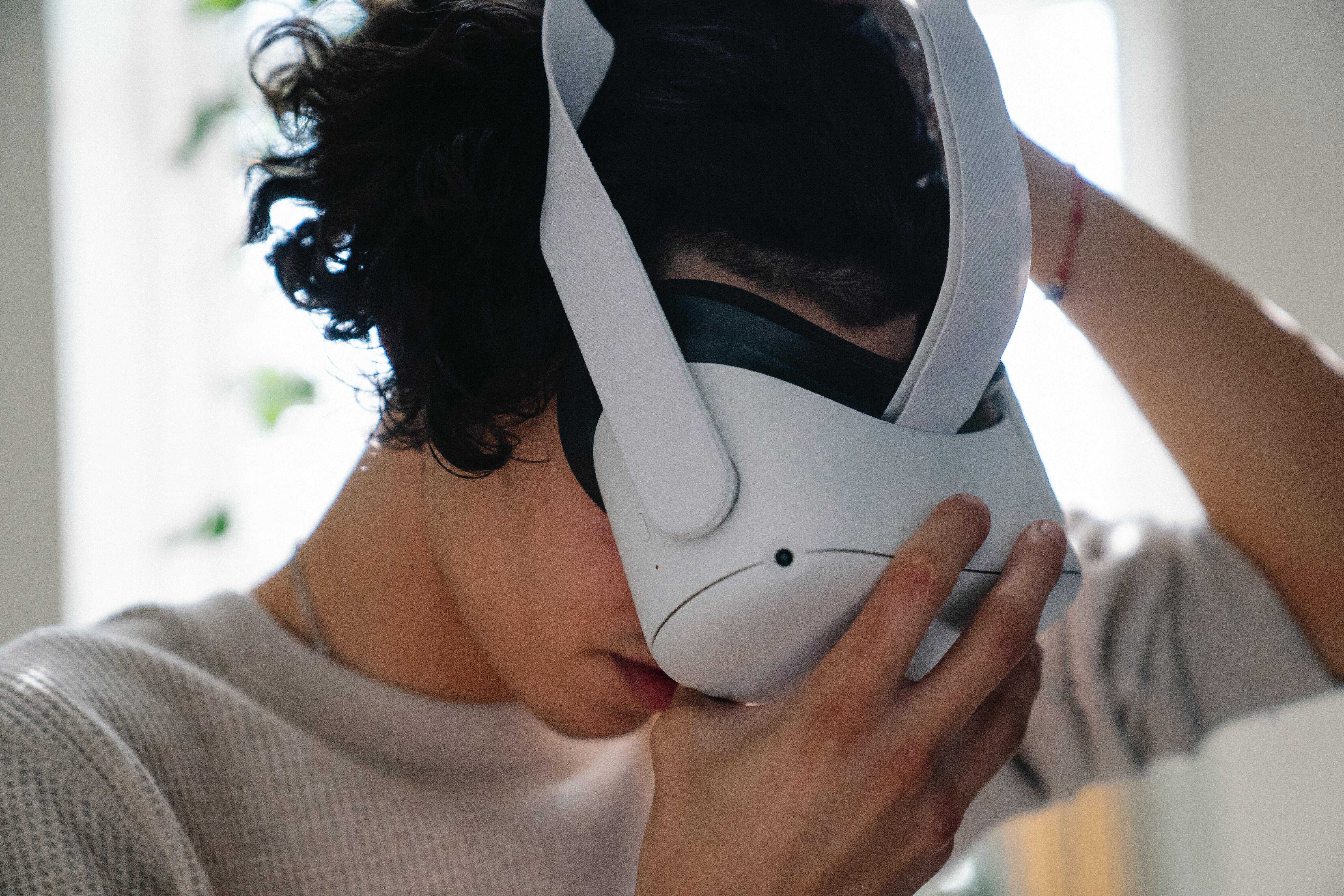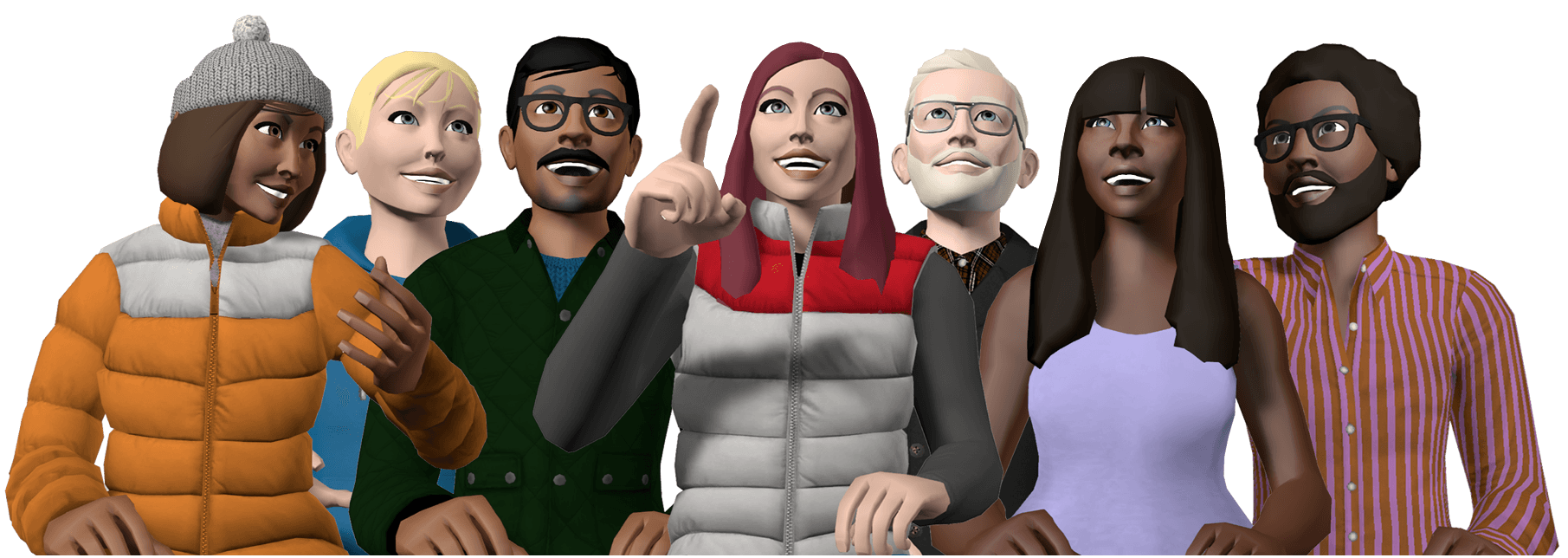Road to Recovery: New Therapeutic VR Study Leverages vTime Technology
vTime XR has been used in a new published study supporting people who experience schizophrenia on their recovery journey.
A major roadblock for those entering their recovery journey from schizophrenia is developing key life skills needed to live a comfortable and fulfilled life. This challenge drove a study by Semmelweis University to create an accessible, modern form of therapy.
Transforming Treatments
Recognising the potential of VR, the researchers in this study created a safe learning environment for recovery with the help of vTime XR.
They developed the VR-ToMIS method - a Virtual-Reality based Theory of Mind Intervention in Schizophrenia, which helps improve ‘Theory of Mind’ skills.
“Theory of Mind is our ability to interpret the feelings, thoughts, and desires of others. Schizophrenic patients tend to decode these messages incorrectly. They often struggle to understand irony and metaphors or misunderstand certain gestures. Our method aims to improve these skills,”
Dr. Lajos Simon, head of the Virtual Reality and Emotion research group at Semmelweis University
The method consists of eight 50-minute-long therapy sessions. Patients enter different vTime XR destinations which “place them” in everyday situations such as a blind date, moving in with a new roommate, or getting to know a new colleague. At the same time, they interact with an avatar controlled by a therapist.

Throughout the session, users can review their thought processes and experiences to gain a better insight into their own condition and develop vital life skills.
Recovery-Focused Results
The study was a success! The researchers found using VR helped the users successfully gain skills to use in their daily lives, improving their quality of life, all while feeling in control throughout the therapy.
We spoke with a lead researcher on the study, Edit Vass, who gave us more insights into the study:
What made you want to use VR for this study?
“The key challenge was the practice and transfer of learned skills to real-life situations. We proposed that practising social situations in more realistic contexts could aid in overcoming this challenge, yet no one had explored this approach with VR until now.”
‘93.3% of patients felt that using the VR device was safe.’ What do you think made the users feel safe while using VR?
“In a therapeutic setting, VR often serves as a tool to expose patients to uncomfortable situations. However, VR differs from real-life situations in that it does not strip the control away from the patient. The simulation can be interrupted at any time, ensuring that the patient encounters distressing factors at their own pace.”
Why did you choose vTime XR for this study?
The most compelling aspect of vTime was its intricately designed avatars, distinguishing it from other potential applications.
Were there any specific elements of vTime XR that helped during this study?
“The realism of avatars and the environment likely played a significant role in immersing the patients in the virtual simulation. Several participants mentioned finding certain environments very pleasant, potentially contributing to sustained therapeutic motivation. In addition to realism, the customisability of the VR experience was noteworthy. We could alter avatar appearances, adjust avatar distances, or even replace entire environments in some cases, illustrating the influence of environmental factors on participants' perceptions. This flexibility significantly helped patients overcome rigid preconceptions about specific situations.”
The Future of VR Therapy
There are still untapped opportunities for VR development in the field of mental health.
“VR enables the presentation of situations within the safety of the therapeutic space that would not be possible in a classical therapeutic setting,” explains Edit. “VR can provide psychotherapy access to individuals who previously avoided seeking help due to reasons like fear.”
VR-based therapies may also become a key preventive tool people can freely access to promote recovery for a better overall quality of life.
vTime XR
vTime XR was chosen as a therapy tool in this study as it is user-friendly, and has the ability to simulate customisable social interactions.
In vTime XR you can join a group of up to four users in augmented reality, virtual reality, or without a headset in Magic Window mode, in a wide range of beautiful 3D environments.
You can read more on the study here, and you can try out vTime XR for yourself here.
Let's stay in touch
Receive exciting news about vTime products, latest features, updates, events, calls for beta testers and more straight to your inbox by signing up to our mailing list.
SubscribeFollow us across our social media channels.


